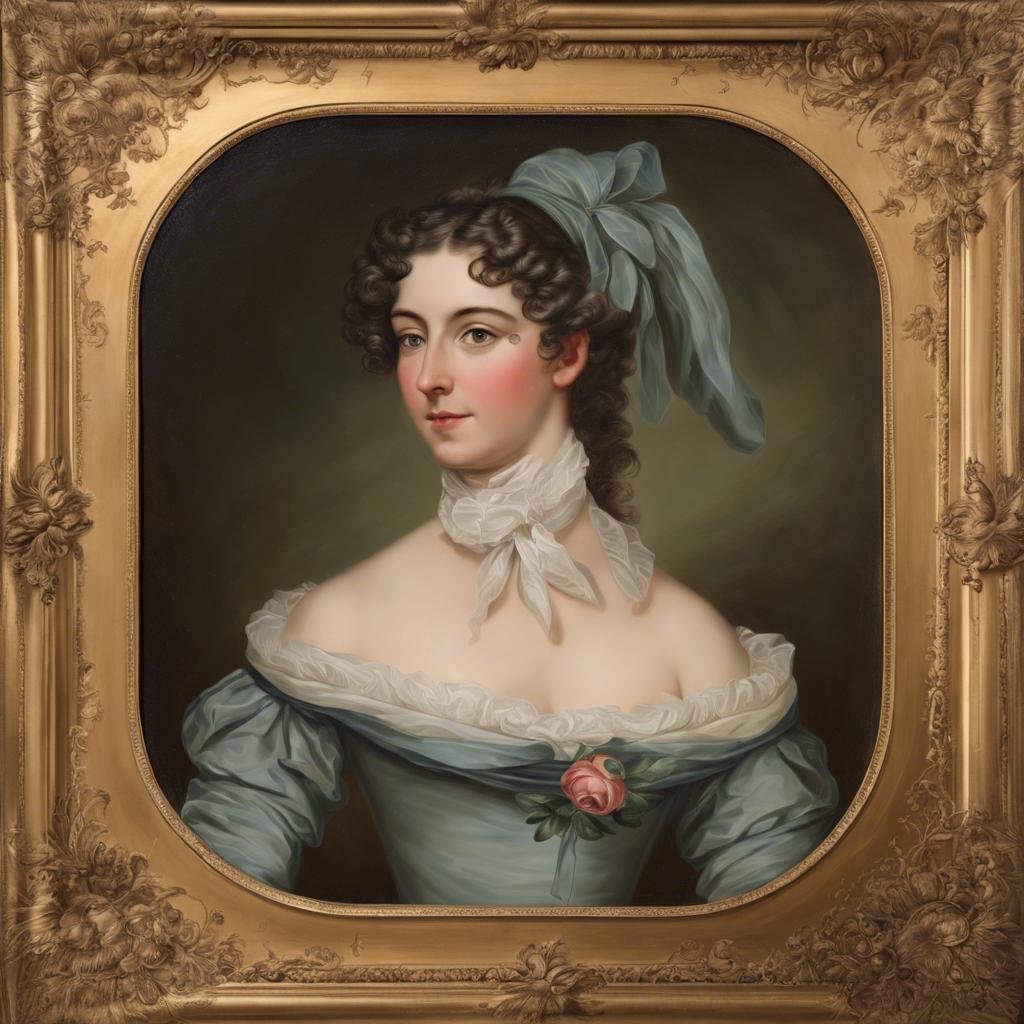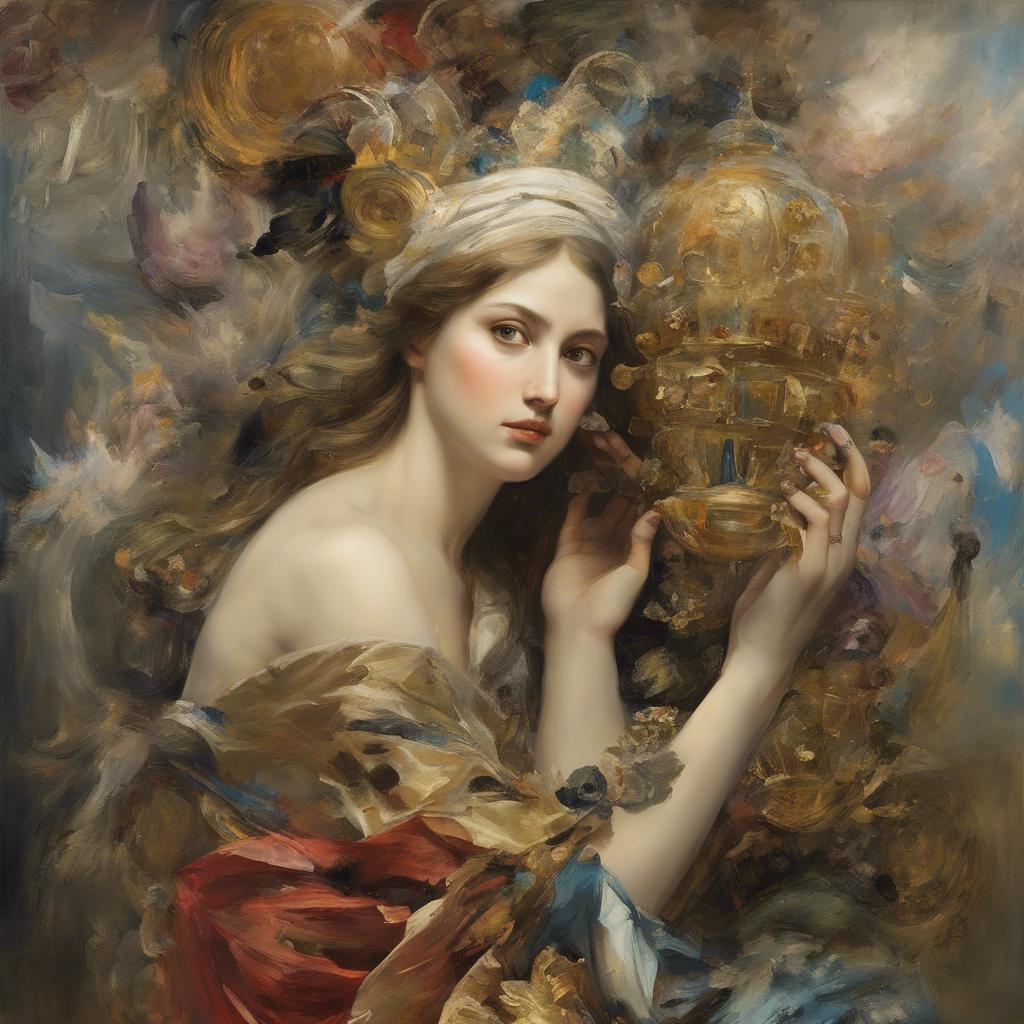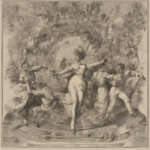During the Regency era in England, spanning from 1811 to 1820, a newfound appreciation and patronage for the arts flourished amongst the elite class. Renowned for their elegance, refinement, and opulence, Regency era paintings encapsulate the socio-political and cultural nuances of the time. From grand portraits of nobility to picturesque landscapes, these artworks serve as a visual testament to the sophistication and aesthetic sensibilities of the era. Join us as we delve into the world of Regency era paintings and uncover the artistry and symbolism that defined this pivotal period in British history.
Step Into the World of Cheryl Bolen
Dive into the enchanting stories of love, intrigue, and elegance set in the Regency Era. Cheryl Bolen's novels offer timeless romance and captivating tales that will leave you wanting more.
Explore Cheryl Bolen's Books Now
The Elegance and Sophistication of Regency Era Portraits
During the Regency Era, portraits became a popular form of art that reflected the elegance and sophistication of the time. These paintings often depicted individuals from high society, showcasing their refined fashion, elaborate hairstyles, and graceful poses. Artists used intricate details and delicate brush strokes to capture the beauty and poise of their subjects, creating timeless masterpieces that still captivate viewers today.
One hallmark of Regency Era portraits is the use of soft, muted colors and luxurious fabrics to convey a sense of opulence and refinement. Velvet and silk garments adorned with lace and pearls were commonly featured, adding a touch of extravagance to the compositions. The attention to detail in these paintings, from the delicate lace trim on a gown to the subtle shading on a face, demonstrated the skill and artistry of the portrait artists of the time.
The settings of Regency Era portraits were often lavish and ornate, reflecting the grandeur of the period. Richly decorated rooms with intricate furniture and elegant draperies provided a backdrop for the subjects, emphasizing their status and sophistication. The use of light and shadow in these compositions added depth and dimension, creating a sense of intimacy and allure that drew viewers into the world of the painting.
Exploring the Symbolism and Romanticism in Regency Era Landscapes
In the sweeping landscapes of the Regency Era, nature played a central role in conveying deeper symbolism and romantic ideals. Artists of this period utilized various elements within their paintings to evoke emotions and convey messages beyond the surface. From rolling hills to majestic forests, each landscape was carefully crafted to tell a story and evoke a sense of wonder.
One common symbol found in Regency Era landscapes is the use of ruins to represent the passage of time and the transience of human existence. These crumbling structures served as a reminder of the impermanence of life and the inevitable decay of all things. Additionally, ruins were often used to evoke a sense of nostalgia and longing for a bygone era, adding a melancholic tone to the picturesque scenery.
The use of light and color in Regency Era landscapes further added to the romanticism of the paintings. Soft, muted tones were often employed to create a dream-like atmosphere, reminiscent of a fairy tale. Sunsets and sunrises were frequently depicted, symbolizing new beginnings and the promise of a brighter future amidst the beauty of nature’s splendor.
Understanding the Influence of Neoclassical Style in Regency Era Still Life Paintings
Neoclassicism was a prominent artistic movement that heavily influenced the Regency Era still life paintings. Artists in this period drew inspiration from classical Greek and Roman art, focusing on symmetry, order, and simplicity in their compositions. This classical influence is evident in the depiction of objects such as vases, fruits, and flowers in a harmonious and balanced way.
The neoclassical style in Regency Era still life paintings also emphasized the use of soft, muted colors and delicate brushwork. Artists sought to create a sense of tranquility and elegance in their works, reflecting the refined tastes of the upper class during this time. The attention to detail and meticulous rendering of textures added depth and realism to the paintings, further enhancing their beauty and appeal.
Furthermore, neoclassical still life paintings in the Regency Era often included symbolic elements that conveyed deeper meanings or messages. For example, the inclusion of specific fruits or flowers could symbolize wealth, fertility, or death. These symbolic elements added layers of significance to the paintings, inviting viewers to contemplate their hidden meanings and appreciate the artistry behind them.
Recommended Artists to Explore in the World of Regency Era Paintings
In the world of Regency Era paintings, there are several artists whose works are worth exploring to gain a deeper understanding of the artistic trends and themes of the time. Here are some recommended artists:
1. Thomas Lawrence
- Known for his glamorous portraits of the British aristocracy.
- His paintings often capture the elegant fashion and opulent lifestyles of the Regency period.
2. John Constable
- Famous for his landscape paintings, particularly of the English countryside.
- Constable’s works often feature detailed depictions of nature and rural life, conveying a sense of tranquility and harmony with the natural world.
3. Angelica Kauffman
- A prominent female artist of the era, known for her neoclassical style and historical paintings.
- Her works often explore themes of mythology, literature, and the female experience, challenging traditional gender roles in art.
Concluding Remarks
the Regency era paintings serve as a captivating window into the elegance and grace of a bygone era. With their intricate detailing, vibrant colors, and classic themes, these works of art continue to fascinate and inspire viewers today. The artists of the Regency period were masters of their craft, showcasing not only their technical prowess but also their ability to capture the essence of their subjects in a timeless manner. As we gaze upon these exquisite paintings, we cannot help but be transported back to a time of refined sophistication and artistic brilliance. Truly, the Regency era paintings are a testament to the enduring legacy of one of history’s most illustrious periods in art.


